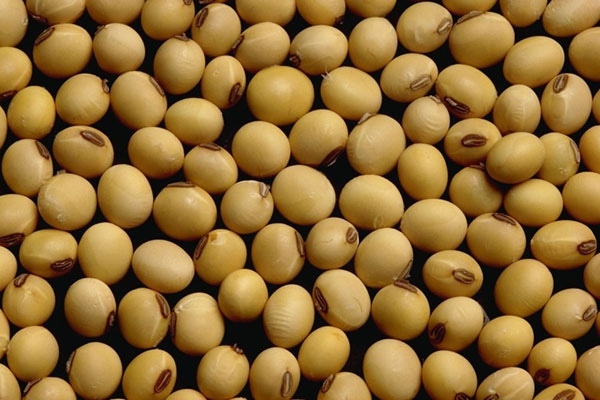April 16, 2013

According to the U.S. drought monitor, most of Ohio has returned to normal soil moisture conditions with the exception northwest Ohio, which still has lingering abnormally dry soil conditions. Most of Ohio experienced drought conditions during the 2012 growing season. The drought of 2012 may have impacted the seed lot for planting this spring, and many growers have asked, “What do we need to consider going into the 2013 planting season?”
1. Soybean seed size. On average, 2,500 individual soybean seeds make up 1 lb. Dry conditions during seed fill can result in smaller-than-normal seeds (>2,500 seeds/lb.). However, dry conditions early in the growing season followed by August/September rains increased seed size in many areas. There have been reports of seed size being larger than normal. One source reported seeds as large as 1,700 seeds/lb. In the Ohio Soybean Performance Trial, soybean seed was close to normal at our Delaware County location. However, there was a relationship between seed size and relative maturity. Seed size increased with later-maturing varieties. (There was limited rainfall in August and above-average rainfall in September at the Delaware County location.) Check soybean seed size before planting this year and contact your equipment dealer/operator’s manual to adjust for seed size if planting abnormally large (or small) seed.
2. Soybean seed quality. Drought can have a negative effect on seed quality. Federal law requires seed bags to show results of a standard warm germination test, so be sure to check germination results of your seed. Germination is considered good if it is approximately 95%. If germination is less than 90%, consider increasing seeding rate. Most seed companies will not sell seed with poor germination (unless there is a shortage of seed). To adjust seeding rate because of low reported germination test results, divide 0.9 by the germination rating on the seed tag. Then, multiple this number by the normal seeding rate. For example, say seed germination is 80% (0.8) and normal seeding rate is 160,000 seeds/acre. First, divide 0.9 by 0.8. This is 1.125. Then, multiply 1.125 by the normal seeding rate of 160,000. This gives a new seeding rate of 180,000 seeds/acre.
Like what you're reading? Subscribe to CSD Extra and get the latest news right to your inbox!
3. Avoid field operations when soil condition is inadequate. Fall 2011 was really wet, which made harvest difficult for many growers. In some areas of Ohio, harvesting when soil conditions were too wet caused compaction from tire tracks. Compaction can be decreased during winter freeze/thaw cycles, but during winter 2011-2012, there really weren’t many freeze/thaw cycles. Soybean germination and emergence were negatively affected by compaction areas from the 2011 harvest. So, if possible, avoid field operations when soil conditions are inadequate because you may see uneven soybean emergence as a result.
You might also like:
6 Practices to get Corn Off to a Good Start
You May Also Like




